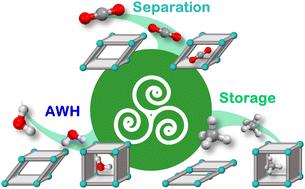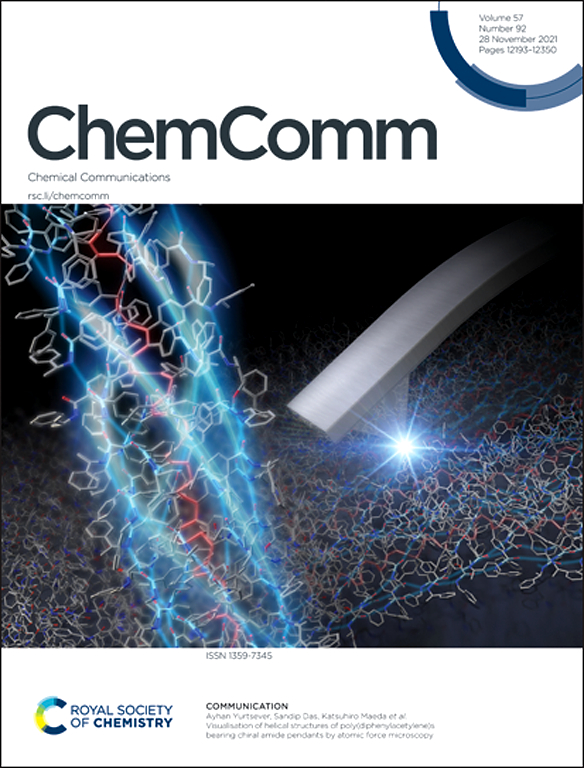Functional flexible adsorbents and their potential utility
IF 4.3
2区 化学
Q2 CHEMISTRY, MULTIDISCIPLINARY
引用次数: 0
Abstract
Physisorbents are poised to address global challenges such as CO2 capture, mitigation of water scarcity and energy-efficient commodity gas storage and separation. Rigid physisorbents, i.e. those adsorbents that retain their structures upon gas or vapour exposure, are well studied in this context. Conversely, cooperatively flexible physisorbents undergo long-range structural transformations stimulated by guest exposure. Discovered serendipitously, flexible adsorbents have generally been regarded as scientific curiosities, which has contributed to misconceptions about their potential utility. Recently, increased scientific interest and insight into the properties of flexible adsorbents has afforded materials whose performance suggests that flexible adsorbents can compete with rigid adsorbents for both storage and separation applications. With respect to gas storage, adsorbents that undergo guest-induced phase transformations between low and high porosity phases in the right pressure range can offer improved working capacity and heat management, as exemplified by studies on adsorbed natural gas storage. For gas and vapour separations, the very nature of flexible adsorbents means that they can undergo induced fit mechanisms of guest binding, i.e. the adsorbent can adapt to a specific adsorbate. Such flexible adsorbents have set several new benchmarks for certain hydrocarbon separations in terms of selectivity and separation performance. This Feature Article reviews progress made by us and others towards the crystal engineering (design and control) of flexible adsorbents and addresses several of the myths that have emerged since their initial discovery, particularly with respect to those performance parameters of relevance to natural gas storage, water harvesting and hydrocarbon gas/vapour separation.

求助全文
约1分钟内获得全文
求助全文
来源期刊

Chemical Communications
化学-化学综合
CiteScore
8.60
自引率
4.10%
发文量
2705
审稿时长
1.4 months
期刊介绍:
ChemComm (Chemical Communications) is renowned as the fastest publisher of articles providing information on new avenues of research, drawn from all the world''s major areas of chemical research.
 求助内容:
求助内容: 应助结果提醒方式:
应助结果提醒方式:


